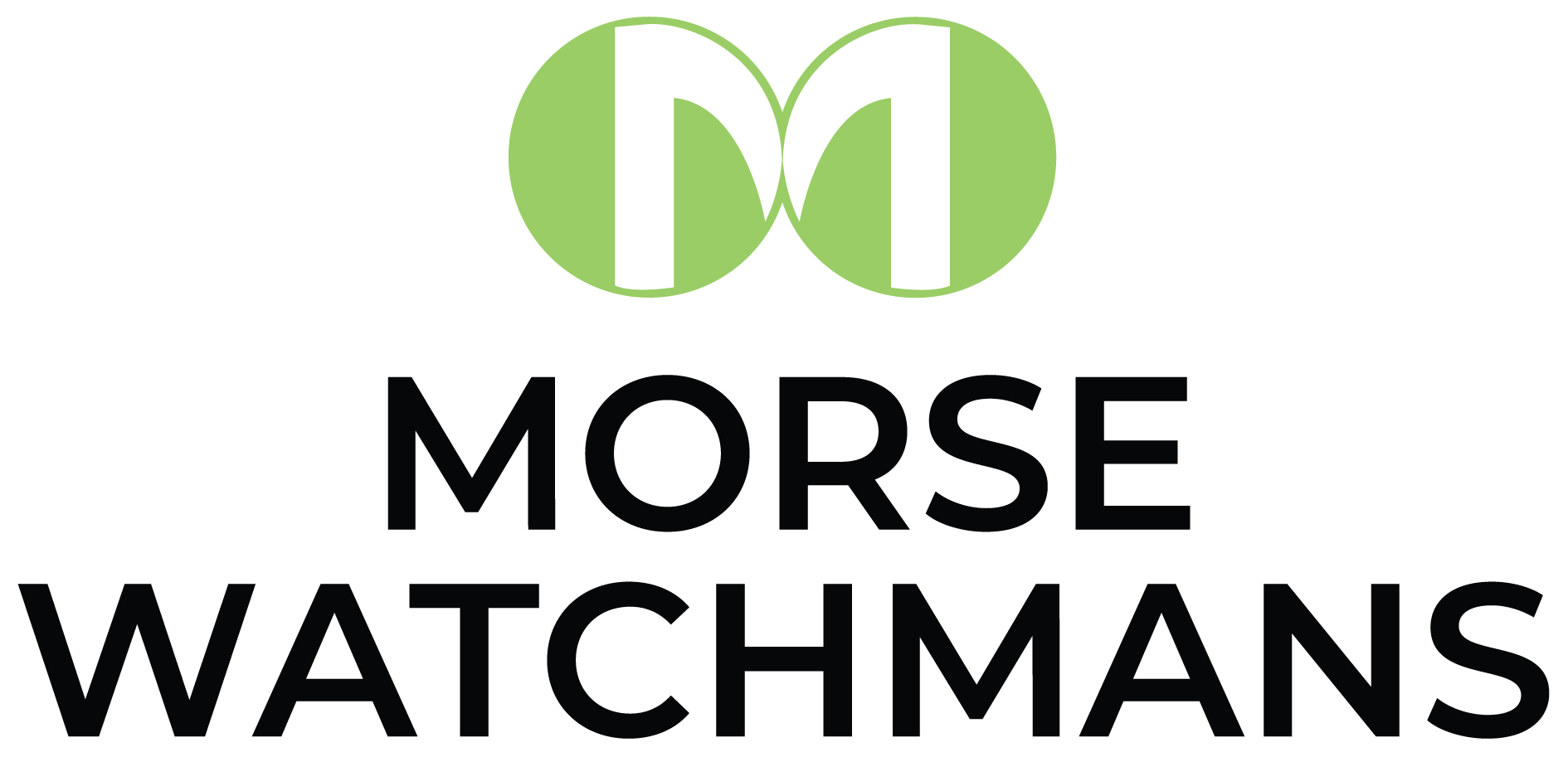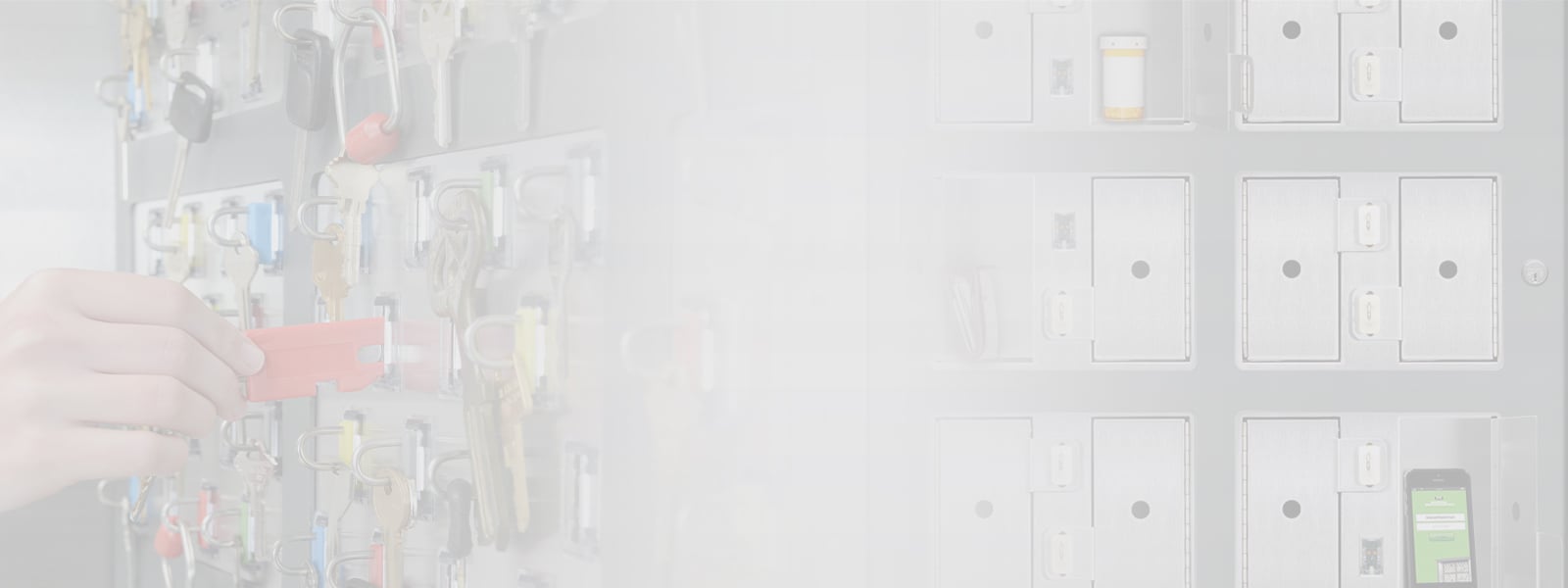Implementing a key control and management system is a straightforward process that involves three basic steps; take inventory of the facility to identify all access points and installed locks; ascertain the operational needs of the employees as well as others who may need access to the facility (i.e. service repair, cleaning crew, etc.); and establish a policy with easy to follow procedures for effective key control and management.
The first step is to catalog every access point and every piece of door hardware. This process is followed by the task of identifying the keys that fit each of the locks, then determining which individuals have keys, what keys they have and what doors they access. Without this preliminary audit, it’s almost impossible to know what size and type of key cabinets will best fit your needs and where the key control systems should be located.
Next, review operational needs to understand how the facility works on a day-to-day basis so that use of a key control and management system is optimized and daily operations are disrupted as little as possible. Whether intended for a hospital, a dormitory, a hotel or an office building, having a comprehensive grasp of daily activity will help in implementing the efficient use of a key control and management system and will also help in minimizing the trade-off between security and convenience.
Finally, a simple but strong set of guidelines for administration and use of the key control system will help to define areas of responsibility and enable better control of the keys. Also, key control systems that automatically record the access history of each key, including user, date and time of checkout/return and release assigned keys only to users with the proper authorization code help to ensure adherence to the established policies and procedures.



